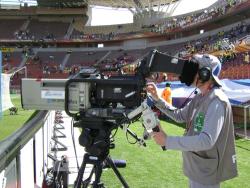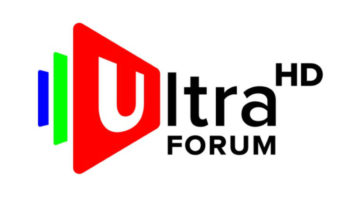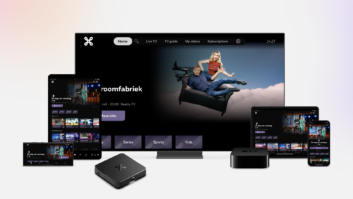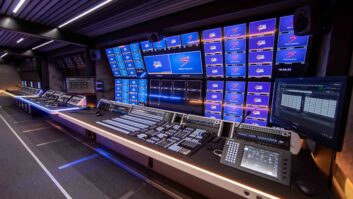
NAC Image Technology has advanced its Emmy Award winning Hi-Motion technology with the introduction of the Hi-Motion II, writes Fergal Ringrose. Hi-Motion II exhibits a 4X improvement in light sensitivity over the original Hi-Motion.
NAC says Hi-Motion II is the only three-chip camera system in the world capable of capturing more than 10X high speed images in Full HD (1920 X 1080). The Hi-Motion II Ultra Slow Motion digital camera system builds on NAC’s Hi-Motion technology, improving image quality, camera light sensitivity, and workflow integration.
“NAC’s Ultra Slow Motion camera systems have been embraced by broadcasters for live coverage of the World Cup events in Germany and South Africa, the Olympic Games in Beijing and Vancouver, and a variety of professional sporting events, including international motor racing, cycling, tennis, football, baseball, rugby, cricket, golf, boxing and horse racing,” said Kenichi Ueki, president of NAC Image Technology Inc.
“HDTV ultra slow motion sports broadcast applications face unique challenges, especially at night where light levels may be low, stadium lighting may introduce flicker into ultra slow motion imagery, and where ultra high slow motion systems may have unique control protocols. As a result, NAC product development focused on the integration of the Ultra Slow Motion High Speed camera system with the sports broadcast work flow while optimising camera light sensitivity and flicker reduction.”
The Hi-Motion II is equipped with a B4 mount and uses standard ENG or box lenses without the need for any optical adapters. It incorporates broadcast industry standard camera electronics, allowing the Hi-Motion II to fit into the workflow of sports broadcast environments and, like its predecessor the Hi-Motion, requires no additional operators.






